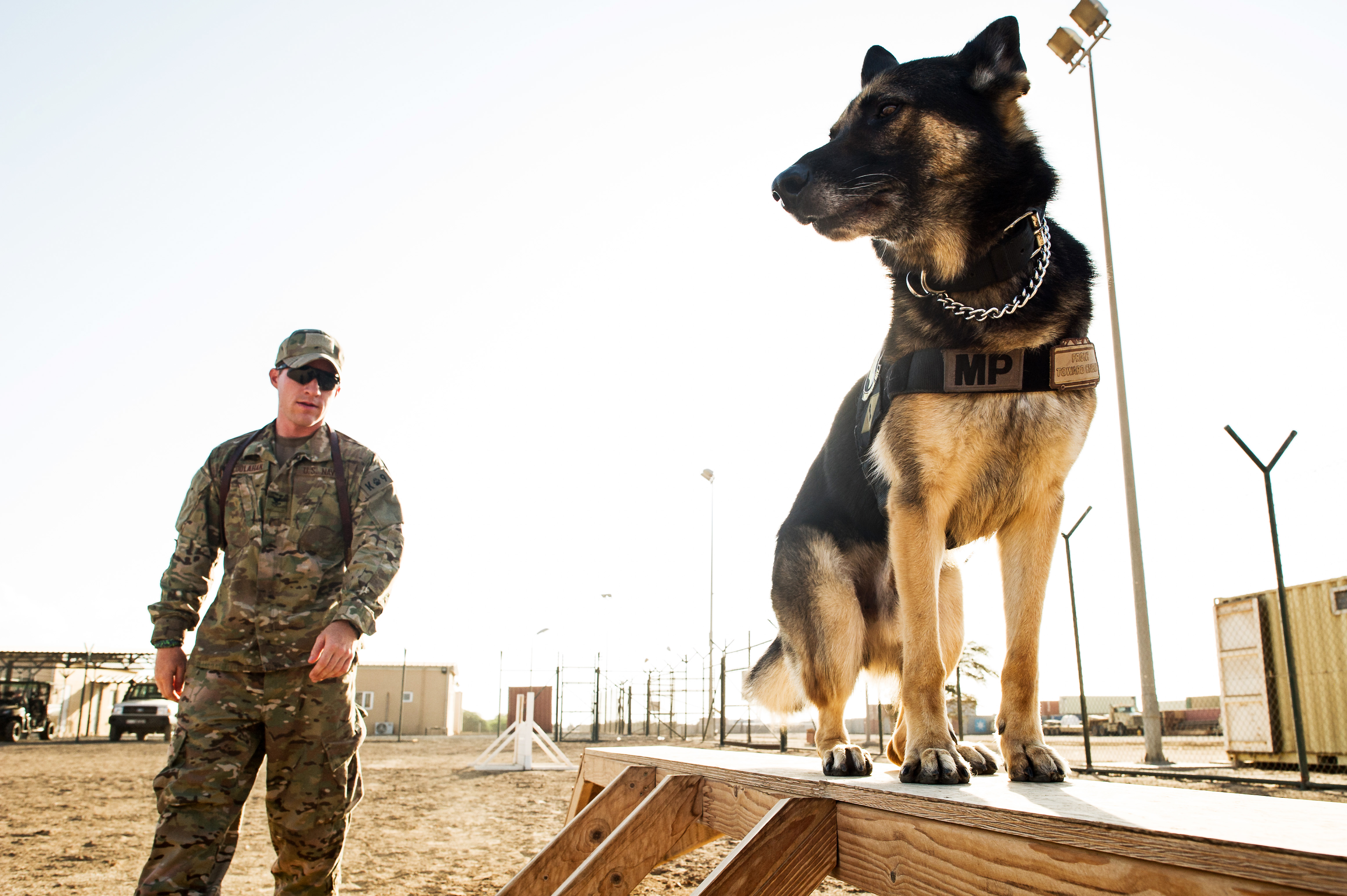An Unbiased View of Off Leash K9 Training
Not known Facts About Off Leash K9 Training
Table of ContentsOff Leash K9 Training - An OverviewTop Guidelines Of Off Leash K9 TrainingThe smart Trick of Off Leash K9 Training That Nobody is DiscussingThe Greatest Guide To Off Leash K9 TrainingGetting My Off Leash K9 Training To Work
The only thing two pet fitness instructors will ever before concur on is that a third fitness instructor has no concept what they're doing. There are as numerous training approaches and approaches on pet training as there are dog trainers.Usual names are clicker training, treat-based training, positive-only training, force-free training, reward-based training, prominence training, relationship-based training, play-based training, and so on. What should a dog owner choose? Numerous pet fitness instructors and canine trainer schools contribute to this confusion.
Therefore, they throw words around they do not fully understand. Additionally, differences between approaches, principles, components, and devices in dog training are typically understood poorly. The most misinterpreted and mistreated term in dog training is probably positive support. service dog training. Several instructors assert this to be their approach of training.
The 2-Minute Rule for Off Leash K9 Training
It is a component of operant conditioninga core concept in pet training (https://pubhtml5.com/homepage/dbjuo/). Trainers that claim just to use positive support fundamentally do not understand their career and how the important things they do are calledmore on this later on. If you want diving deep right into this topic, please review my short article on Favorable Canine Training

A strategy that functioned for one pet dog doesn't always function for an additional. I suggest only seeking canine training recommendations from professionals that work with pet dogs for a living, not arbitrary pet dog proprietors or on-line discussion online forums.
I will certainly supply a top-level overview of dog training in the complying with areas. All areas have more facets than one article can ever before cover.
Some Known Questions About Off Leash K9 Training.
If the dog is not inspired to work, the outcome will be unsightly. Too often, the canine is condemned for being challenging or uncooperative.
Both are unqualified actions. As so typically, the response exists elsewhere entirely. If a canine stops working to execute a job, there are only three possible reasons his comment is here for that: First, the pet doesn't understand what you are asking it to do (https://penzu.com/p/4f81607e18b04be9). It does not matter just how much we think it should. The variety of repeatings does not offset bad directions.
The Of Off Leash K9 Training
We have to offer our pet dogs clear guidelines, ensure our request is reasonable and inspire them to function with us. We need to aim to offer the canine with clear guidelines, aid where essential, and lead them to success.
Markers are signals that the canine ought to take notice of either to do something or is done doing something. Signals can be kinesthetic, auditory, aesthetic, olfactory, or gustatory. The most commonly made use of signal might be the audio of a clickeran auditory signal. However utilizing words rather than a remote control offers you a lot more variety and is way less complicated.
That also makes even more sense, as canines are clever. Yes typically used as a success signal.
Excellent typically made use of as an extension (aka "keep going") signal. No/Bad/Wrong often utilized as a penalty signal.
3 Simple Techniques For Off Leash K9 Training
It was unacceptable. Okay frequently used as a release signal. It tells the pet dog we are made with the workout. It is totally free to do what it desires. Fitness instructors make use of many various other signals. It is trivial what signifies an instructor uses. It matters that they are made use of continually with the exact same definition.
If we are confused, our dog will be perplexed. In training, canines commonly discover new behaviors or commands via traditional and operant conditioning.
